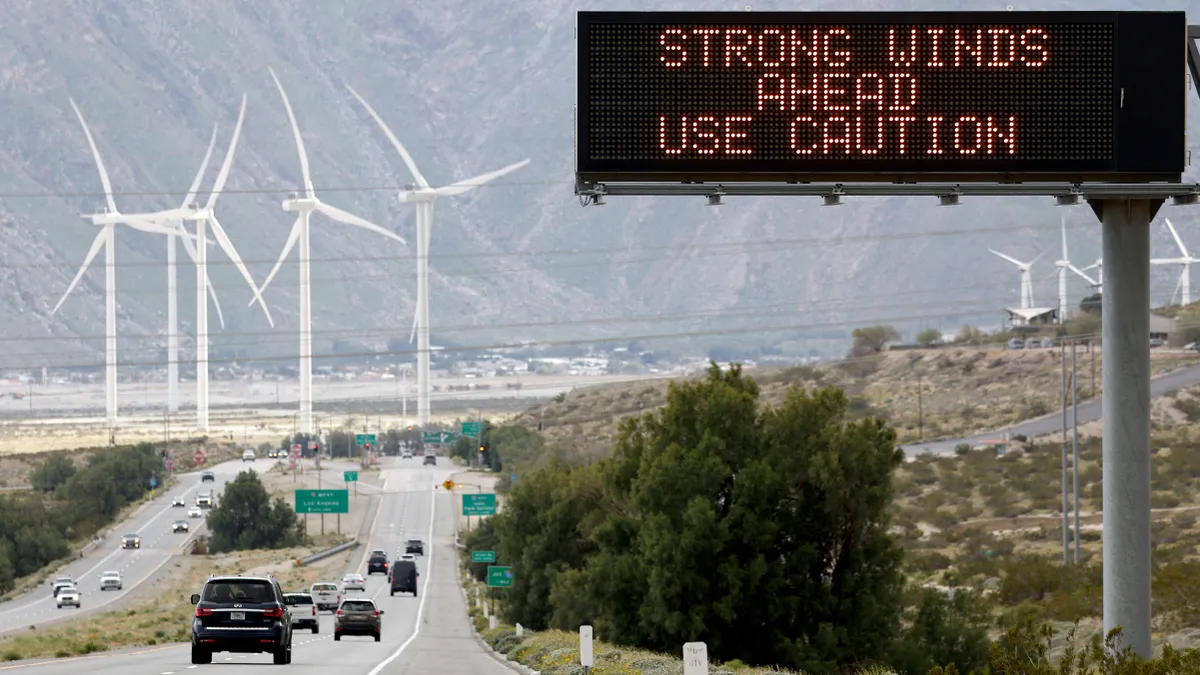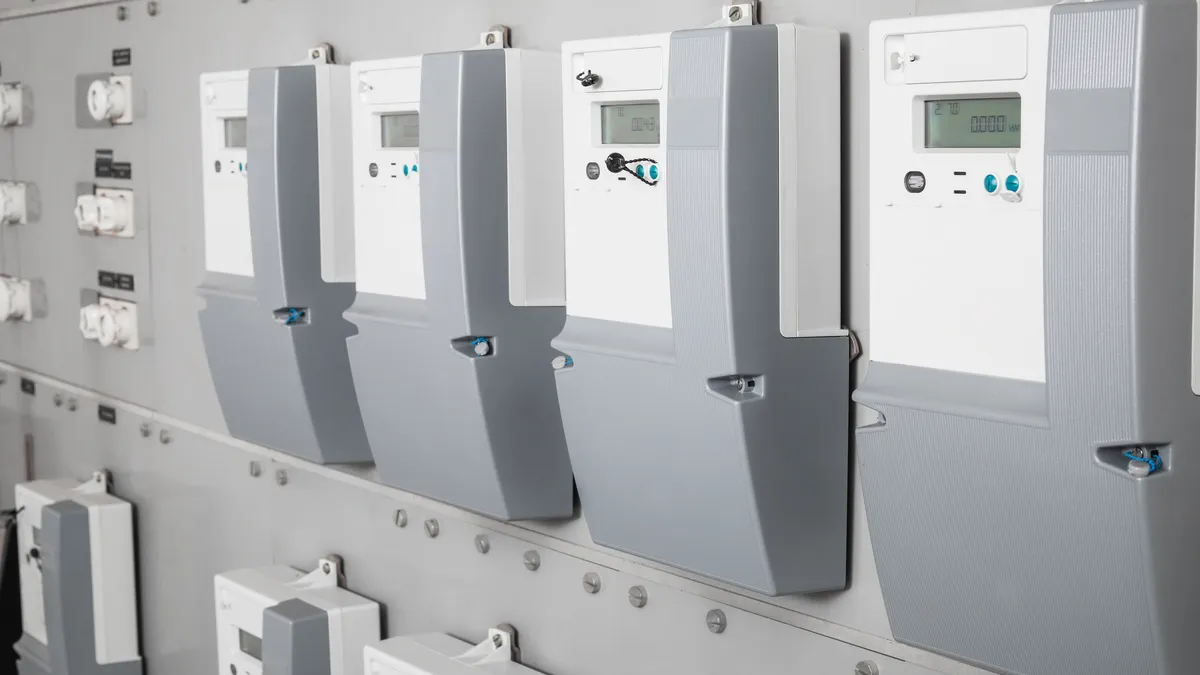Stephanie Doyle is regulatory director, California at Vote Solar and Shina Robinson is resilience hubs manager at Asian Pacific Environmental Network.
After a summer of unprecedented heat waves and multiple years of devastating wildfires, 2022 has come to a close, only to be followed by extreme flooding in California in the first few weeks of the new year. For the past few years, millions of Californians have become accustomed to bracing for unsafe air quality and power shutoffs. For families, this threat to energy reliance meant not being able to predict when they could use appliances, including air conditioners during grueling heat waves, or refrigerators full of food that could go bad if the power goes off for a few hours. We can take action now.
The Microgrid Incentive Program, or MIP, a $200 million test program under the California Public Utilities Commission, is a possible solution to the Golden State’s energy unreliability. This program is to be administered by the three major investor-owned electricity utilities — Pacific Gas and Electric Co., San Diego Gas & Electric and Southern California Edison. The three IOUs will fund microgrids on critical buildings like health centers and schools in California’s most vulnerable communities.
The Microgrid Equity Coalition, or MEC, of environmental justice advocates and allies has worked together for over two years to get the MIP on the right track to fund microgrids that will benefit frontline communities, such as those in fire-prone areas. The MEC was formed in 2020 to advocate for environmental justice and equity in the MIP. Its members include Reclaim Our Power: Utility Justice Campaign, California Environmental Justice Alliance, California Alliance for Community Energy, Vote Solar, the Sierra Club, The Climate Center and Grid Alternatives. The MEC supported Reclaim our Power’s Principles for Microgrid Development in a letter to the commission on Jan. 11, 2021. The MEC advocated at the CPUC through comments, presentations and workshops for a program that enhances energy resilience in disadvantaged and vulnerable communities.
In December 2021, the IOUs filed a draft MIP implementation plan. The MEC responded to the utility proposal in comments in January 2022. In July 2022, the commission issued a staff proposal for MIP implementation that primarily aligned with the utility proposal, offering minimal adjustments aligned with the MEC’s recommendations. Parties filed comments on the staff proposal in August 2022. Over 26 community-based and environmental justice organizations supported the MEC in a letter filed at the commission in September 2022.
We were hopeful that the CPUC would move quickly to issue a proposed decision that implements the program and incorporates the MEC’s recommendations very soon. But over two years after deciding to develop this program, the commission and the IOUs are not even close to getting these microgrids built. The commission has dragged out the timeline and gone along with the IOUs’ plans, despite environmental justice advocates repeatedly submitting program design recommendations that center equity and justice to the commission.
Among its many recommendations, the Microgrid Equity Coalition advocated for the MIP to provide upfront funding to assist community-based organizations, or CBOs, with the complex technical application process. These upfront grants would allow communities to propose projects that use clean energy, and offer the most benefits from the program to disadvantaged communities. The draft implementation plan currently provides $25,000 in technical assistance grants as reimbursement to CBOs and communities applying for the MIP. However, this money is only available after the applicant has obtained technical assistance to develop a viable application — and there is no guarantee that the applicant will receive this reimbursement.
Many CBOs, especially those in disadvantaged communities, will need upfront technical assistance to develop plans for a microgrid that are sufficiently detailed for a MIP application. Such CBOs may not have sufficient funding for this technical assistance on their own and are unlikely to be financially able to gamble $25,000 on a grant application that may be ultimately unsuccessful. The practical result is that these CBOs will not be able to participate in the MIP, which would completely undermine the objective of developing microgrids in underserved communities. The MEC recommended multiple times that the technical assistance grant money be given upfront to applicants who meet specific eligibility criteria in a pre-application process, such as basic project summaries and evidence of project support so that communities can get the technical support needed to develop their project proposals.
The latest proposal from CPUC staff also suggested awarding more points to projects that have acquired additional funding upfront, which would essentially penalize projects with less access to other funding sources. Awarding projects for greater access to funding defeats the purpose of getting microgrids into the communities that currently do not have enough access to these clean energy solutions. Thus, the MEC recommended rejecting this proposal.
The utilities and the commission have thus far rejected these recommendations. Lack of changes destines the MIP to serve only the wealthy and become inaccessible to the communities that need microgrids, and the resilience they provide, the most.
IOU-planned power shutoffs don’t have to mean chaos. California can keep the power on by getting clean microgrids up and running in the communities that need them most. An essential function of microgrids is that they can "island off" from the larger grid. If the larger electric grid goes down, the microgrid can disconnect itself and continue providing power to those connected. Clean microgrids use renewable energy, like solar and storage, instead of dirty fuels like gas and coal that cause harmful air pollution. Thus, clean microgrids can provide a solution to communities dealing with outages, power shutoffs, and other events driven by climate change, without increasing greenhouse gas emissions and air pollution. They’re a win-win.
As both federal and state governments increasingly plan to develop climate resilience programs with a focus on equity, California has the opportunity to provide an example through its design and administration of the MIP. Without moving forward quickly and getting this right, the commission will be unable to advance other issues on microgrids it aims to solve.
This extreme delay in community microgrid development means more vulnerability to heat waves, wildfires, power shutoffs and pollution, especially in frontline communities. In the face of these intensifying threats, California must lead the way in building equitable, climate-resilient communities. After years of talking the talk, it’s time for the California Public Utilities Commission to walk the walk: create an equitable and accessible Microgrid Incentive Program and implement it now.





















